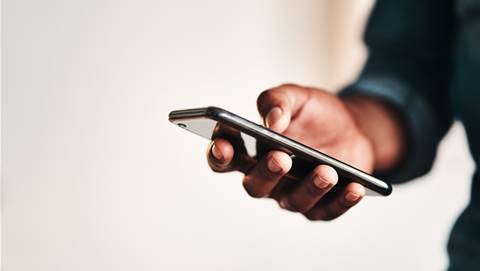Telstra will be forced to fight to keep its multi-million dollar deal to operate the national Triple Zero emergency service after the government opened up the contract to providers willing to overhaul the platform for the mobile era.

The telco has long held the contract to operate the 000 and 112 numbers for the emergency call service, overseen by the Australian Communications and Media Authority.
Its costs for the service are capped at $22 million per financial year, funded in part by the government and an industry levy.
In 2012 the government and Telstra agreed the telco would keep operating the service for the next 20 years, subject to the outcome of a tender that was to be issued this year.
However, the government wants to overhaul the outdated model to an IP-based service that can "keep pace with the rapidly changing social and technological environment".
Telstra will need to prove it can bring the platform into the modern era better than its market rivals, after the goverment today published a request for expressions of interest in the contract.
Historically, the service has been operated out of two call centres in Sydney and Melbourne staffed with a maximum 55 workers. It was implemented at a time when most of Australia's communications were delivered over the public switched telephone network (PTSN).
Over the past two years the government has been looking at ways to modernise the service in light of the current technological landscape.
It undertook a review of the national 000 operator, the final report of which was published earlier this year, which found that the service should include the ability to receive and forward more accurate location data from mobile callers, and should be set up to easily integrate future technologies.
The review also recommended the planned 2016 tender be pushed back for two years to give the government time to work out how to get to its desired state.
In August, the government asked the market for help figuring out how it can utilise more accurate location data to Triple Zero calls from mobile phones.
Providing a solution to that problem will be part of the mandate of the new Triple Zero operator.
The new platform will need to be able to accept data like images, video, and live location information.
Bidders will also need to prove they can meet mandated performance metrics like 85 percent of calls per month answered within five seconds.
Throughout 2015/16, 8.35 million emergency calls were made to the service. The maximum number of calls to the service in a 24 hour period in the last five years was 30,028.
The Communications department will conduct briefings with bidders across Melbourne and Sydney on October 20 and 21.
"Australians' expectations regarding emergency assistance have changed since Triple Zero was introduced as a voice-only service in 1961, when fixed-line telephones were the primary means of communication," Communications Minister Mitch Fifield said in a statement.
"Today the majority of calls to Triple Zero come from mobile phones, and the rapid development of new technologies has enabled a range of new communications options."




_(22).jpg&h=140&w=231&c=1&s=0)
.png&h=140&w=231&c=1&s=0)



_(26).jpg&w=100&c=1&s=0)

 iTnews Executive Retreat - Security Leaders Edition
iTnews Executive Retreat - Security Leaders Edition












_(1).jpg&h=140&w=231&c=1&s=0)



